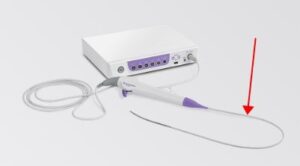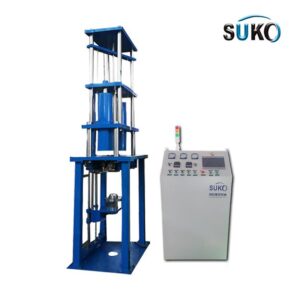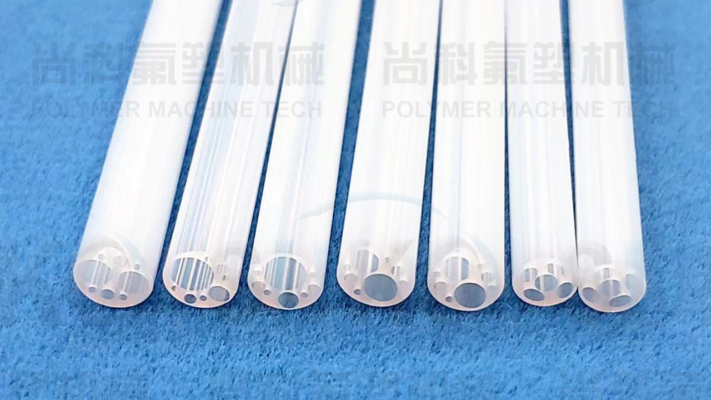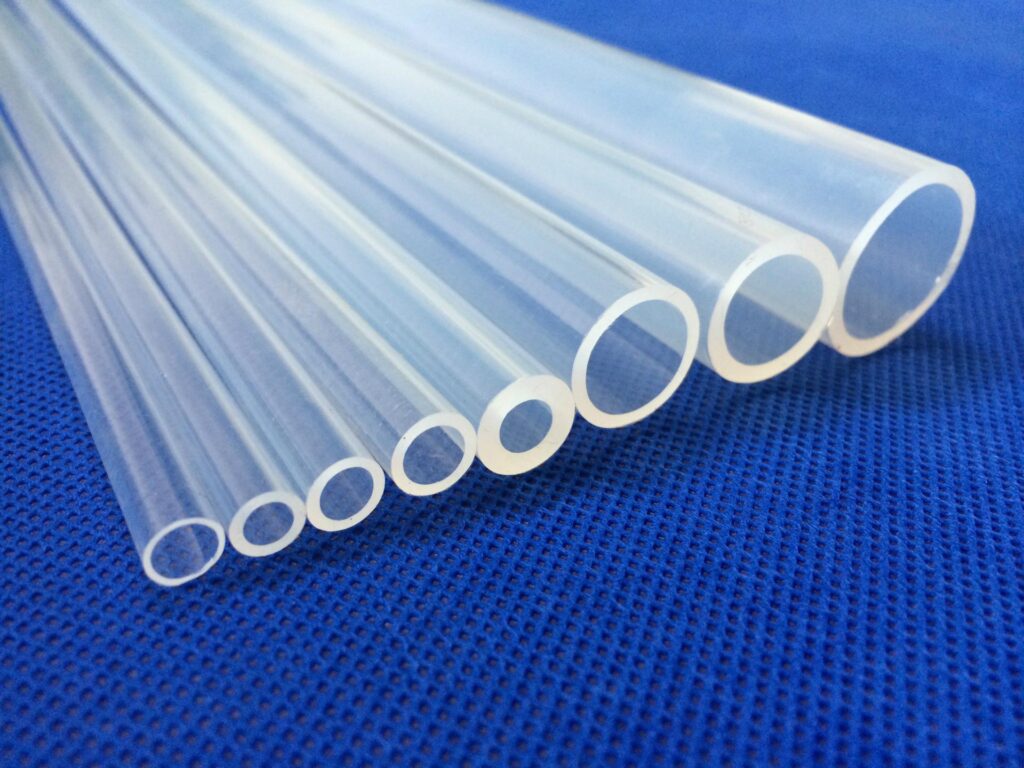PTFE, or polytetrafluoroethylene, is a widely used synthetic fluoropolymer of tetrafluoroethylene. Its exceptional thermal, chemical, and electrical properties make it suitable for many applications. In the medical field, PTFE serves as a coating for catheters, guidewires, and other devices, reducing friction and enhancing biocompatibility. Additionally, it is a material for implantable devices like artificial arteries and heart valves.
A challenge of utilizing PTFE in medical devices is processing it into the desired shape. PTFE’s high melting point and low viscosity render conventional extrusion methods unsuitable. Instead, paste extrusion techniques are employed, wherein finely ground PTFE powder is mixed with a lubricating oil and extruded through a specially designed die.

Paste extrusion allows for exact control over the final shape and dimensions of the PTFE part. It also permits the incorporation of fillers or additives to enhance the final product’s properties, such as increased strength or radiopacity for imaging purposes.
In medicine, PTFE paste extrusion is frequently used to create small-diameter tubing for applications like vascular access and drug delivery. This tubing is manufactured by extruding the PTFE paste through a series of dies with decreasing diameters until the desired size is attained. The resulting tubing is flexible, biocompatible, and capable of withstanding harsh chemical and thermal environments.

To ensure the quality and consistency of PTFE medical tubing, it’s crucial to use a reliable and precise paste extruder. Manufacturers such as SuKo Polymer Machine Tech Co., Ltd. specialize in designing and building custom extrusion systems specifically for the medical device industry. These systems integrate advanced controls and monitoring technology to ensure precise control of the extrusion process and minimize defects in the final product.
In conclusion, PTFE paste extrusion is an essential technique for producing high-quality medical tubing and other devices using this versatile polymer. As the demand for medical devices continues to grow, so does the need for reliable and efficient extrusion systems to bring these products to market.




